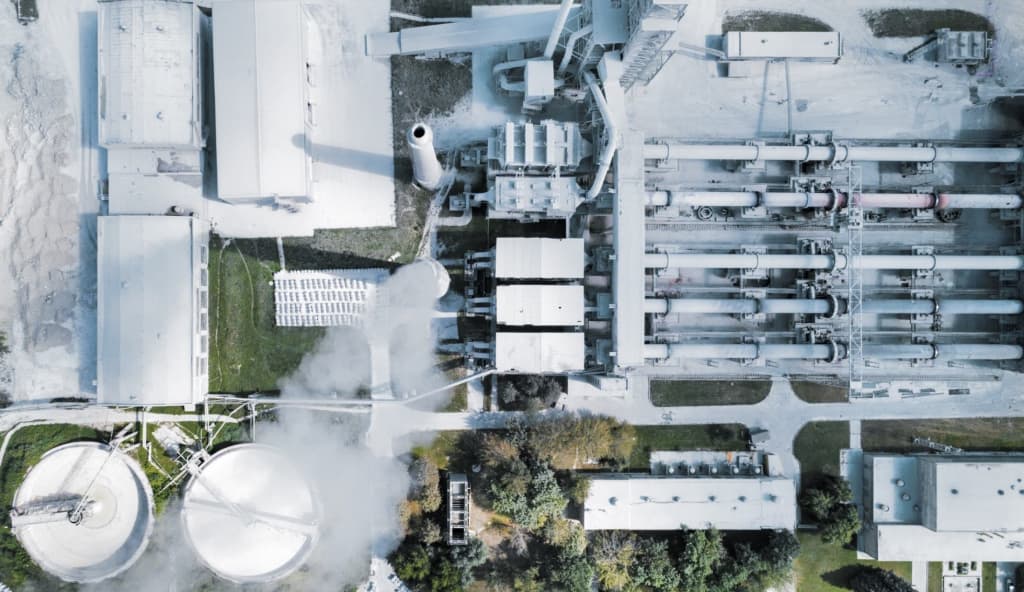Home / Spatial Finance Initiative / GeoAsset Project / Cement
Global Database of
Cement Production Assets

Cement is an essential material used in construction all around the world, but cement production processes are highly emissions intensive, accounting for more than 5% of anthropogenic CO2 emissions*. The process consists of three steps: the mixing of limestone with other materials; the heating of the limestone mixture to produce clinker and the grinding of clinker with different ingredients to produce cement. The grinding process can happen in integrated facilities where the clinker is also produced or in independent grinding facilities closer to its end market. While the bulk of greenhouse gas emissions associated with cement production stem from clinker production and integrated facilities, the database covers both integrated as well as independent grinding facilities.
The Spatial Finance Initiative Global Database of Cement Production Assets provides information on global cement production plants that are operational today. The database contains 3,117 cement plants with exact geolocation and provides information about ownership, production type, plant type, capacity and production start year where available. Please contact spatialfinanceinitiative@cgfi.ac.uk to inform us about any errors, omissions or other feedback.
The Global Database of Cement Production Assets can be used by others and is available under a CC BY 4.0 license. The suggested citation is: “McCarten, M., Bayaraa, M., Caldecott, B., Christiaen, C., Foster, P., Hickey, C., Kampmann, D., Layman, C., Rossi, C., Scott, K., Tang, K., Tkachenko, N., and Yoken, D. 2021. Global Database of Cement Production Assets. Spatial Finance Initiative”.
A list with frequently asked questions about the databases and the data collection methodology is available here.
*Andrew, R. M. (2018). Global CO 2 emissions from cement production. Earth System Science Data, 10(1), 195-217.


